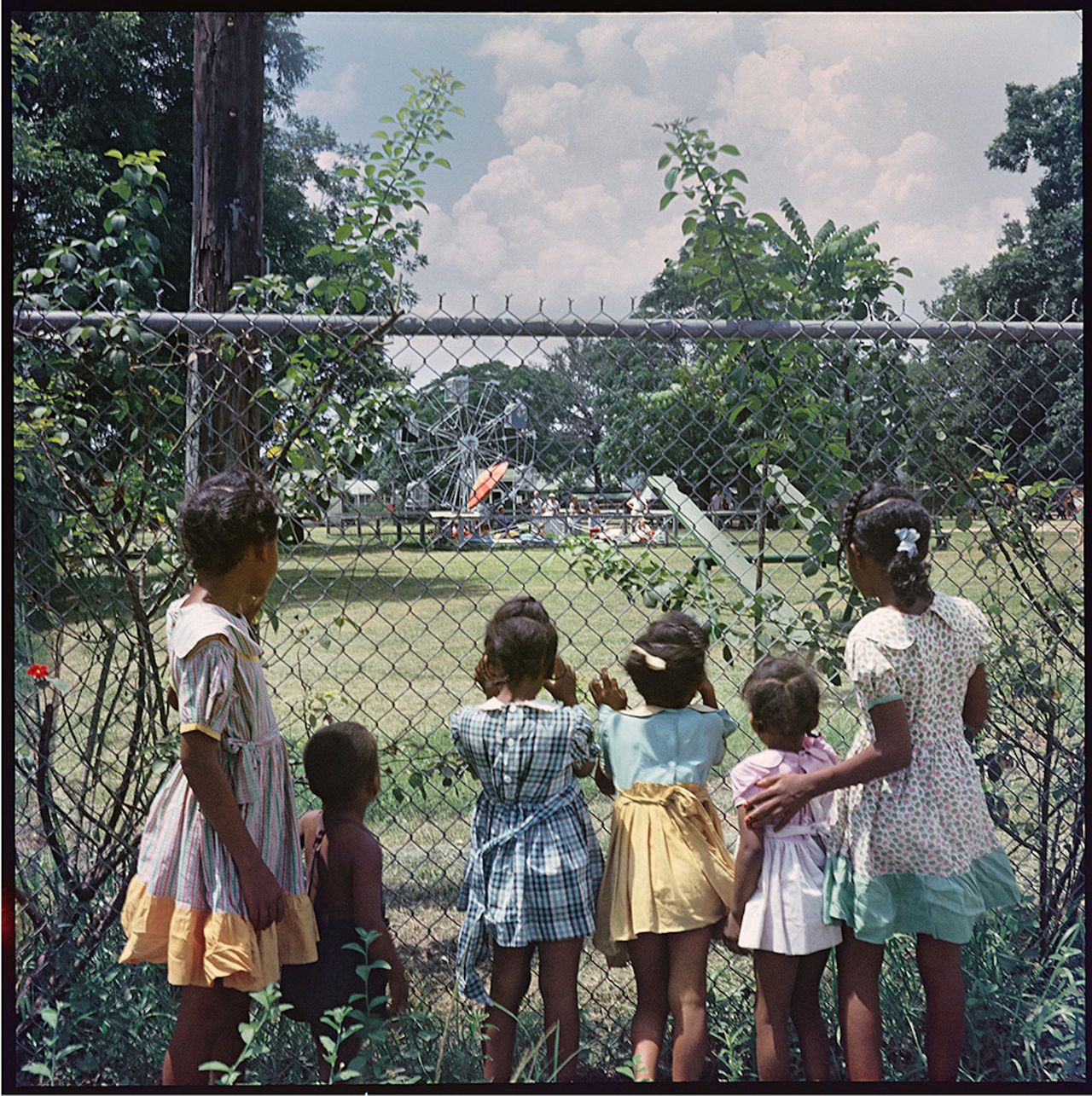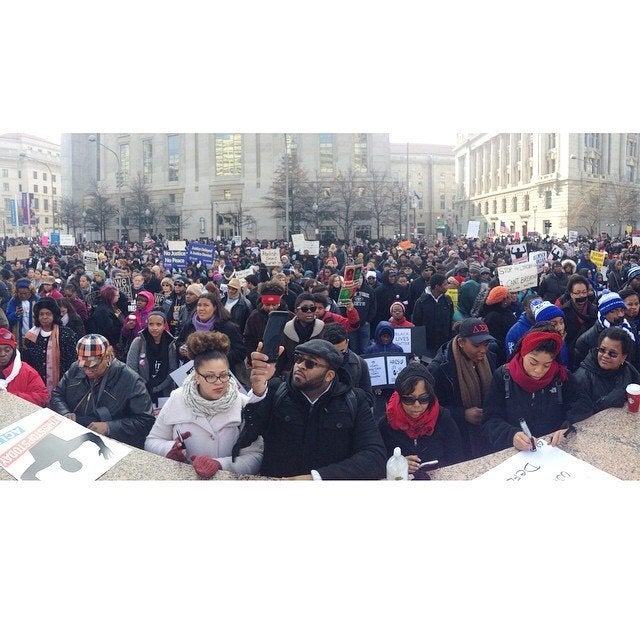In the American South in the 1950s, black Americans were forced to endure something of a double life. In and around the home, children climbed trees and played imaginary games, while parents watched on with pride. Families shared meals and stories, went to bed and woke up the next day, all in all, immersed in the humdrum ups and downs of everyday life. Leave the home, however, and in the segregated Jim Crow region, black families were demoted to second class citizens, separate and not equal.
In 1956, self-taught photographer Gordon Parks embarked on a radical mission: to document the inconsistency and inequality that black families in Alabama faced every day. He compiled the images into a photo essay titled "Segregation Story" for Life magazine, hoping the documentation of discrimination would touch the hearts and minds of the American public, inciting change once and for all.
The images, thought to be lost for decades, were recently rediscovered by The Gordon Parks Foundation in the forms of transparencies, many never seen before. The images are now on view at Salon 94 Freemans in New York, after a time at the High Museum in Atlanta.
Parks was born into poverty in Fort Scott, Kansas, in 1912, the youngest of 15 children. He attended a segregated elementary school, where black students weren't permitted to play sports or engage in extracurricular activities. One of his teachers advised black students not to waste money on college, since they'd all become "maids or porters" anyway. Over the course of his career, he was awarded 50 honorary degrees, one of which he dedicated to this particular teacher.
After graduating high school, Parks worked a string of odd jobs -- a semi-pro basketball player, a waiter, busboy and brothel pianist. He bought his first camera from a pawn shop, and began taking photographs, originally specializing in fashion-centric portraits of African American women.
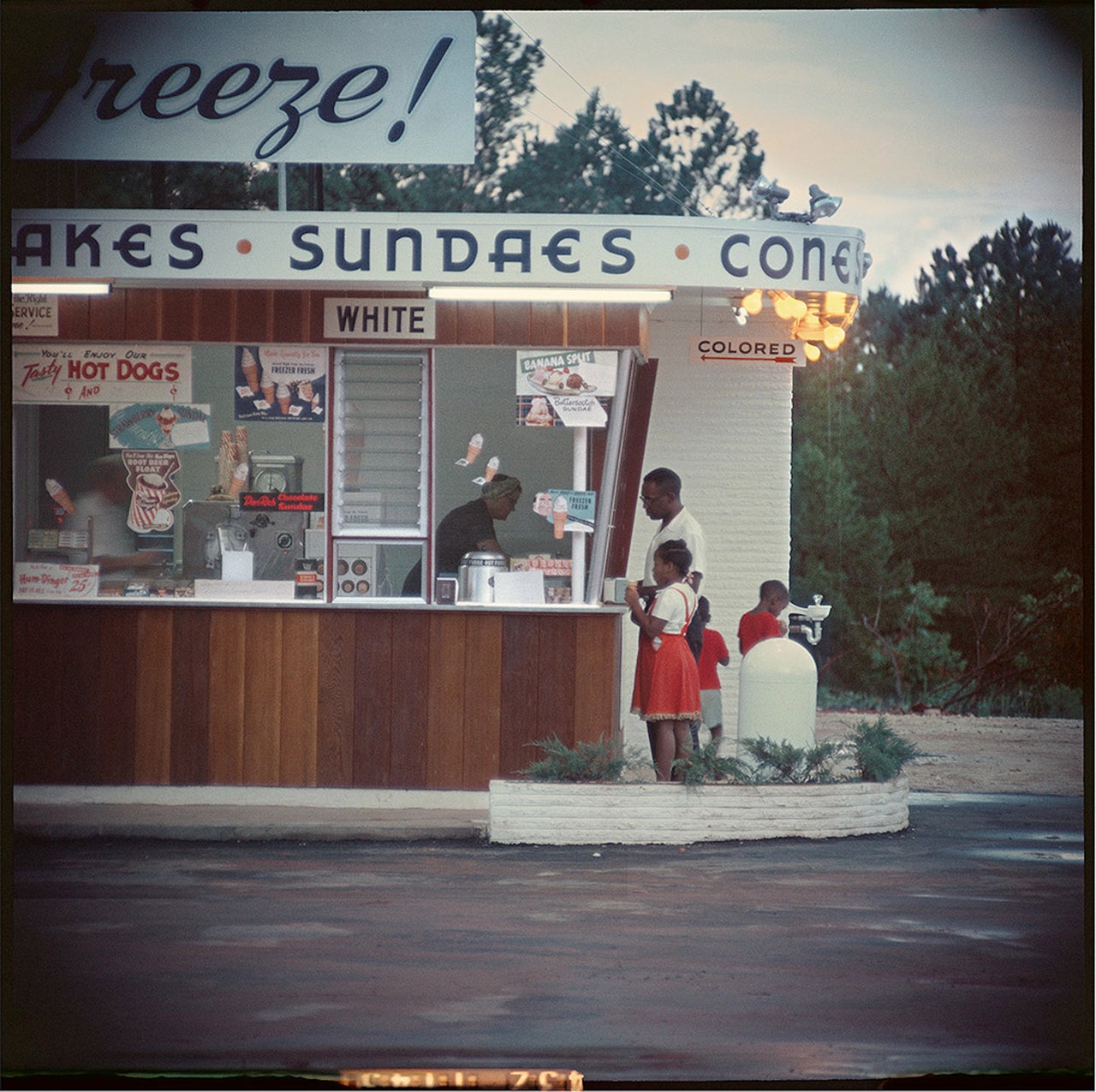
In 1941, Parks began a tenure photographing for the Farm Security Administration under Roy Striker, following in the footsteps of great social action photographers including Jack Delano, Dorothea Lange and Arthur Rothstein."I saw that the camera could be a weapon against poverty, against racism, against all sorts of social wrongs," Parks told an interviewer in 1999. "I knew at that point I had to have a camera."
In 1948, Parks joined the staff at Life magazine, a predominately white publication. It was during this period that Parks captured his most iconic images, speaking to the infuriating realities of black daily life through a lens that white readership would view as "objective" and non-threatening.
Parks' "Segregation Story" is a civil rights manifesto in disguise. At first glance, his rosy images of small-town life appear almost idyllic. There are no signs of violence, protest or public rebellion. Instead there's a father buying ice cream cones for his two kids. It's only upon second glance that you realize the "colored" sign above the window.
"Having just come from Minnesota and Chicago, especially Minnesota, things aren't segregated in any sense and very rarely in Chicago, in places at least where I could afford to go, you see," Parks explained in a 1964 interview with Richard Doud.
"But suddenly you were down to the level of the drugstores on the corner; I used to take my son for a hotdog or malted milk and suddenly they're saying, 'We don't serve Negroes,' 'n-ggers' in some sections and 'You can't go to a picture show.' Or 'No use stopping, for we can't sell you a coat.' Not refusing but not selling me one; circumventing the whole thing, you see? ... I came back roaring mad and I wanted my camera and [Roy] said, 'For what?' and I said I wanted to expose some of this corruption down here, this discrimination. And he says, 'How you gonna do it?' 'Well, with my camera.'"
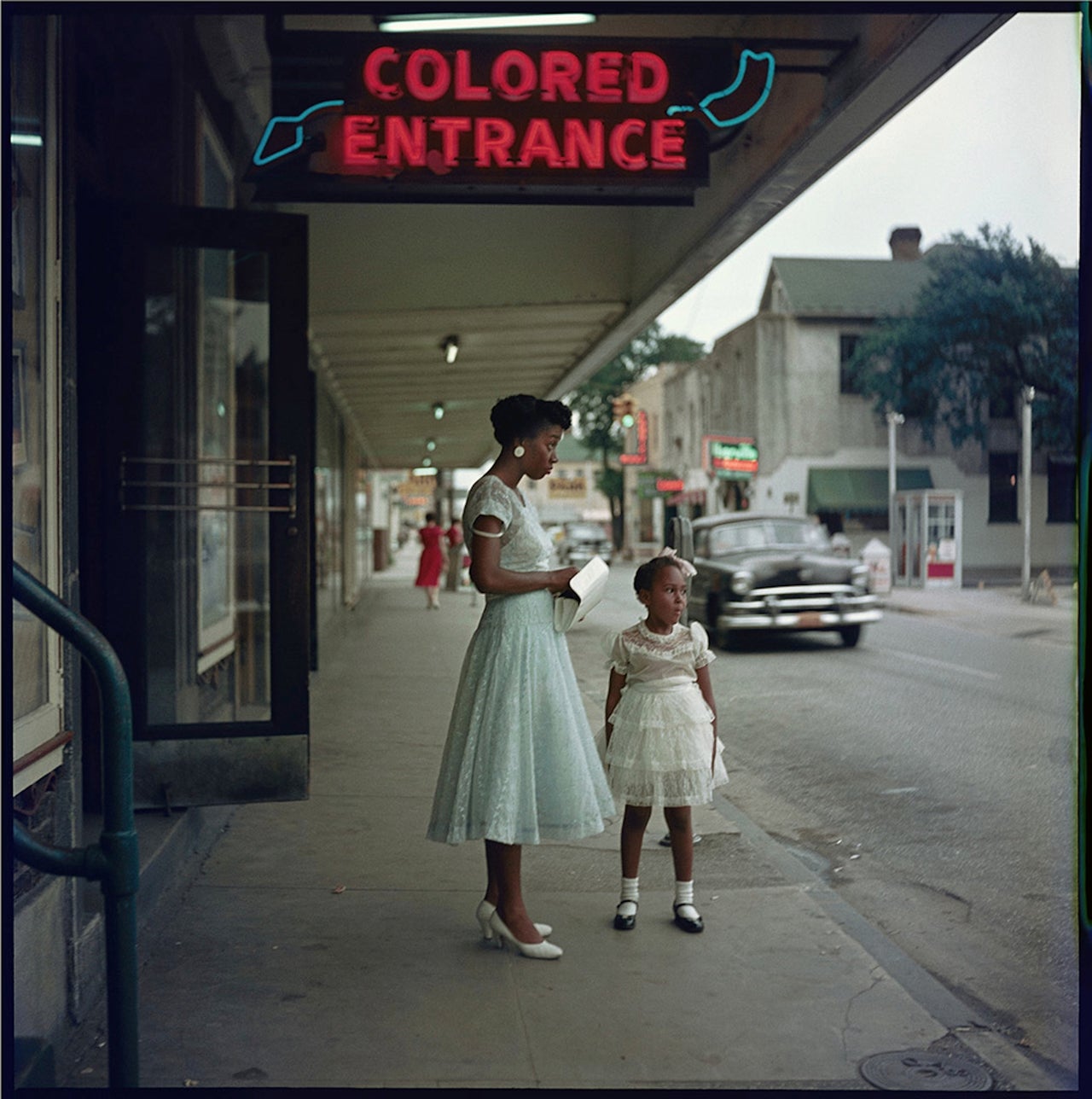
The photo essay follows the Thornton, Causey and Tanner families throughout their daily lives in gripping and intimate detail. Parks captures the stark contrast between the home, where a mother and father sit proudly in front of their wedding portrait, and the world outside, where families are excluded, separated and oppressed for the color of their skin.
In the image above, Joanne Wilson was spending a summer day outside with her niece when the smell of popcorn wafted by from a nearby department store. On the door, a "colored entrance" sign dangled overhead. "I wasn’t going in," Mrs. Wilson recalled to The New York Times. "I didn’t want to take my niece through the back entrance. She smelled popcorn and wanted some. All I could think was where I could go to get her popcorn."
These quiet yet brutal moments make up Parks' visual battle cry, an aesthetic appeal to the empathy of the American people. When the Life issue was published, it "created a firestorm in Alabama," according to a statement from Salon 94. The iconic photographs contributed to the undoing of a horrific time in American history, and the galvanized effort toward integration over segregation.
Almost 60 years later, Parks' photographs are as relevant as ever. Although, as a nation, we focus on the progress gained in terms of discrimination and oppression, contemporary moments like those that occurred in Ferguson, Missouri; Baltimore, Maryland; and Charleston, South Carolina; tell a different story.
Many photographers have followed in Parks' footsteps, illuminating unseen faces and expressing voices that have long been silenced. One such photographer, LaToya Ruby Frazier, who was recently awarded a MacArthur "Genius Grant," documents family life in her hometown of Braddock, Pennsylvania, which has been flailing since the collapse of the steel industry.
For Frazier, like Parks, a camera serves as a weapon when change feels impossible, and progress out of control. "I feel very empowered by it because when you can take a strong look at a crisis head-on ... it helps you to deal with the loss and the struggle and the pain," she explained to NPR. "And it also helps you to create a human document, an archive, an evidence of inequity, of injustice, of things that have been done to working-class people. It's a testament, you know; this is my testimony and call for social justice. And it's also a way of me writing people who were kept out of history into history and making us a part of that narrative."
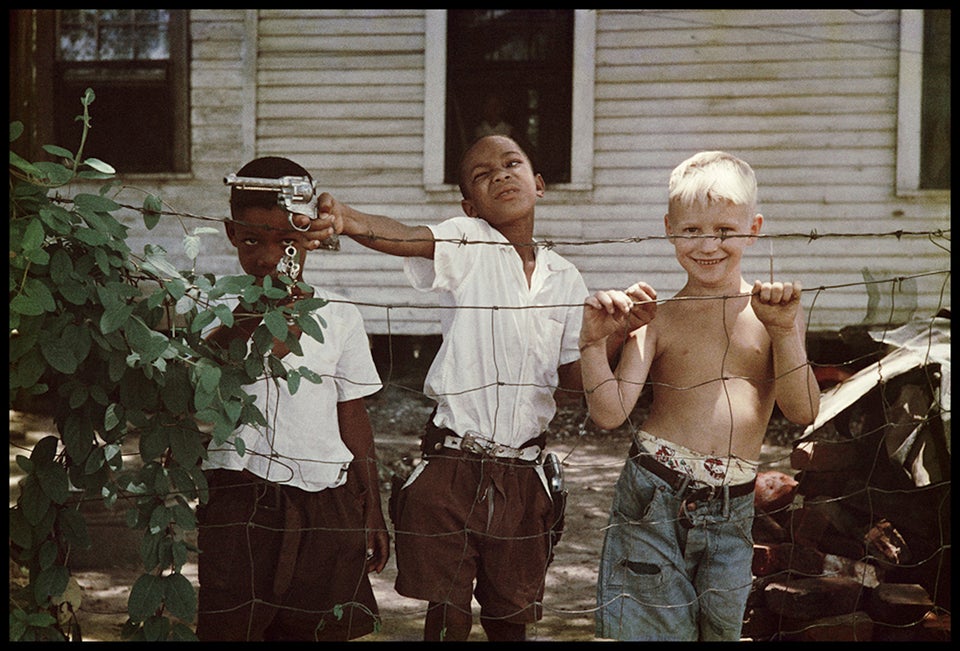
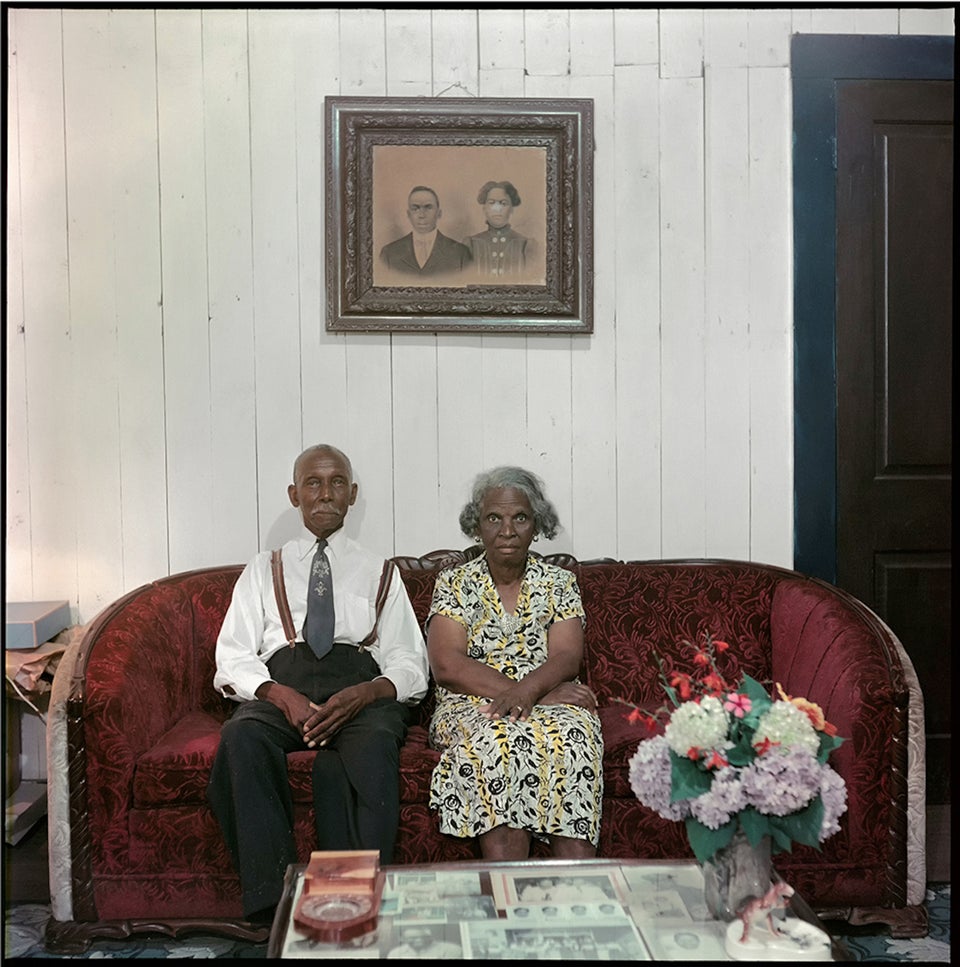
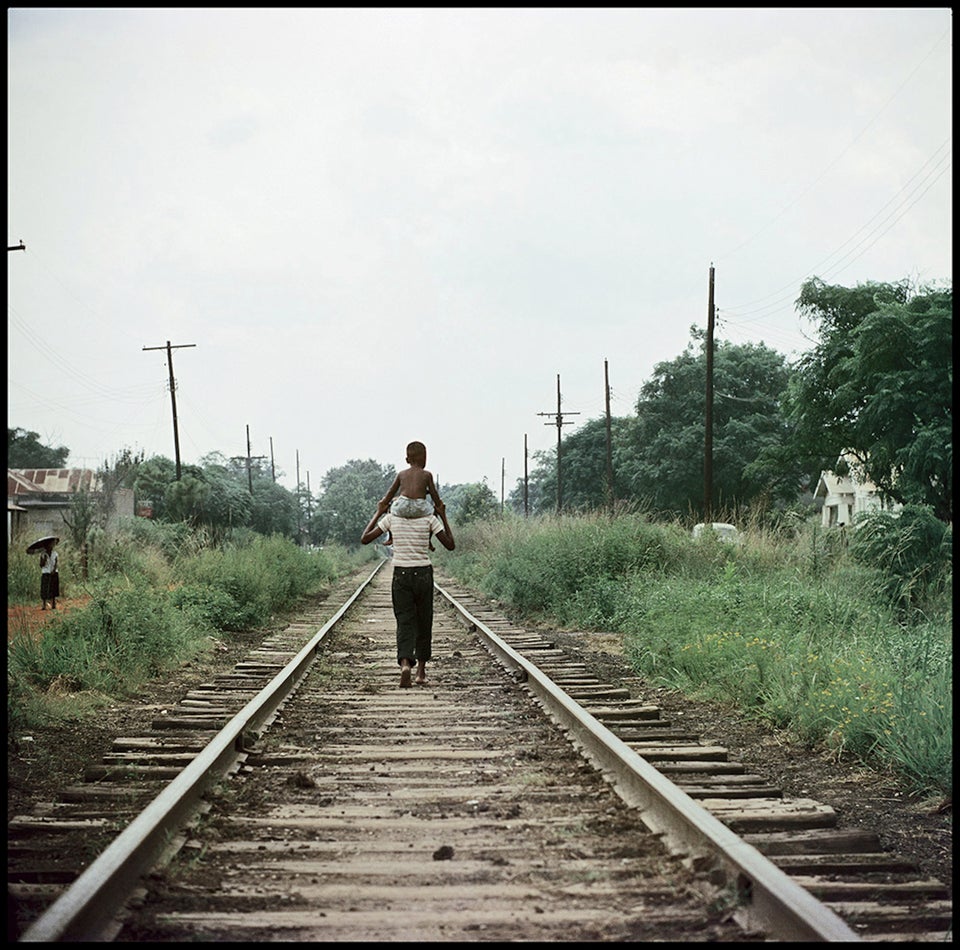
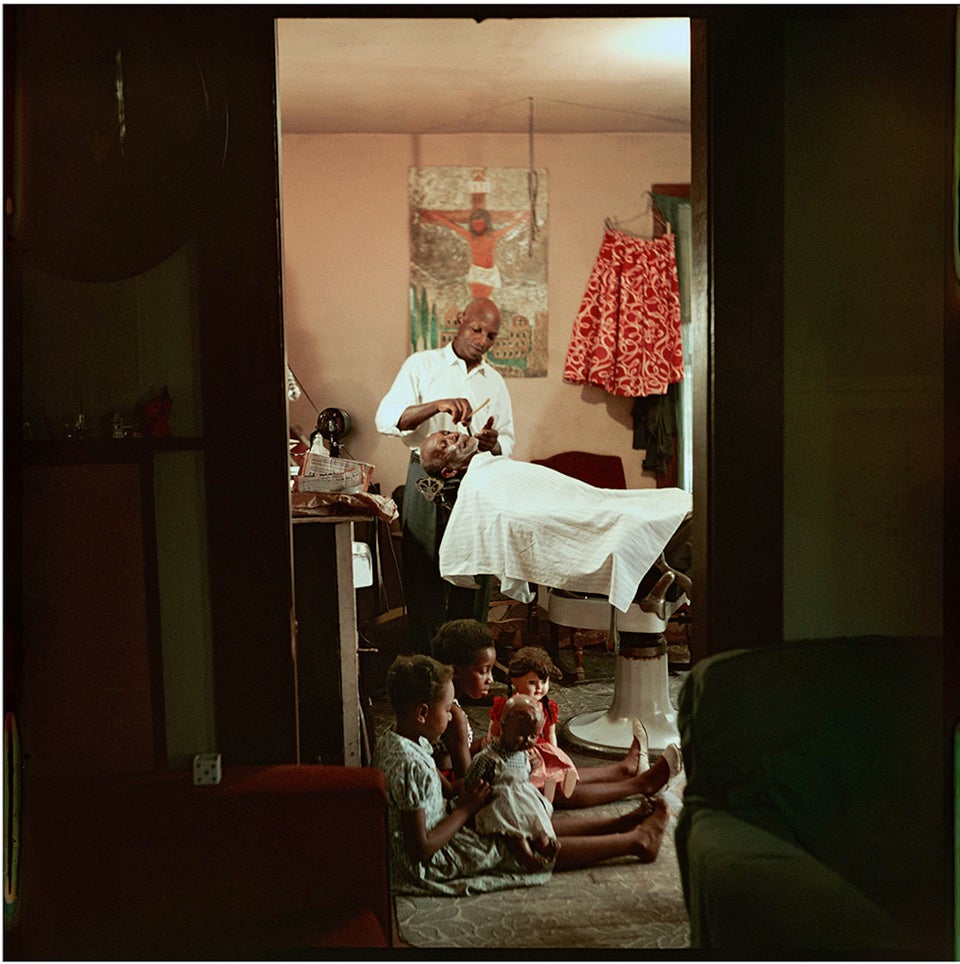
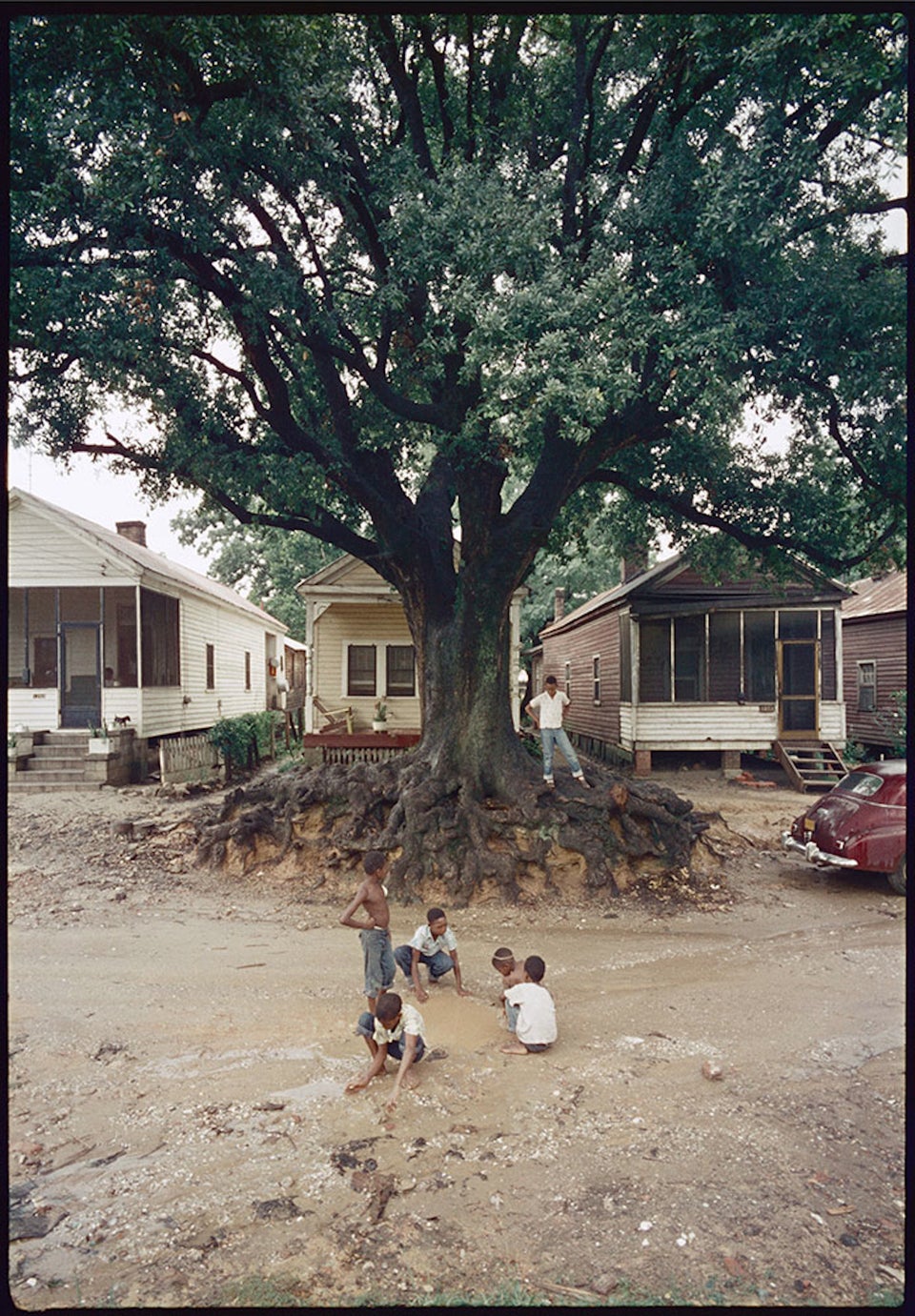
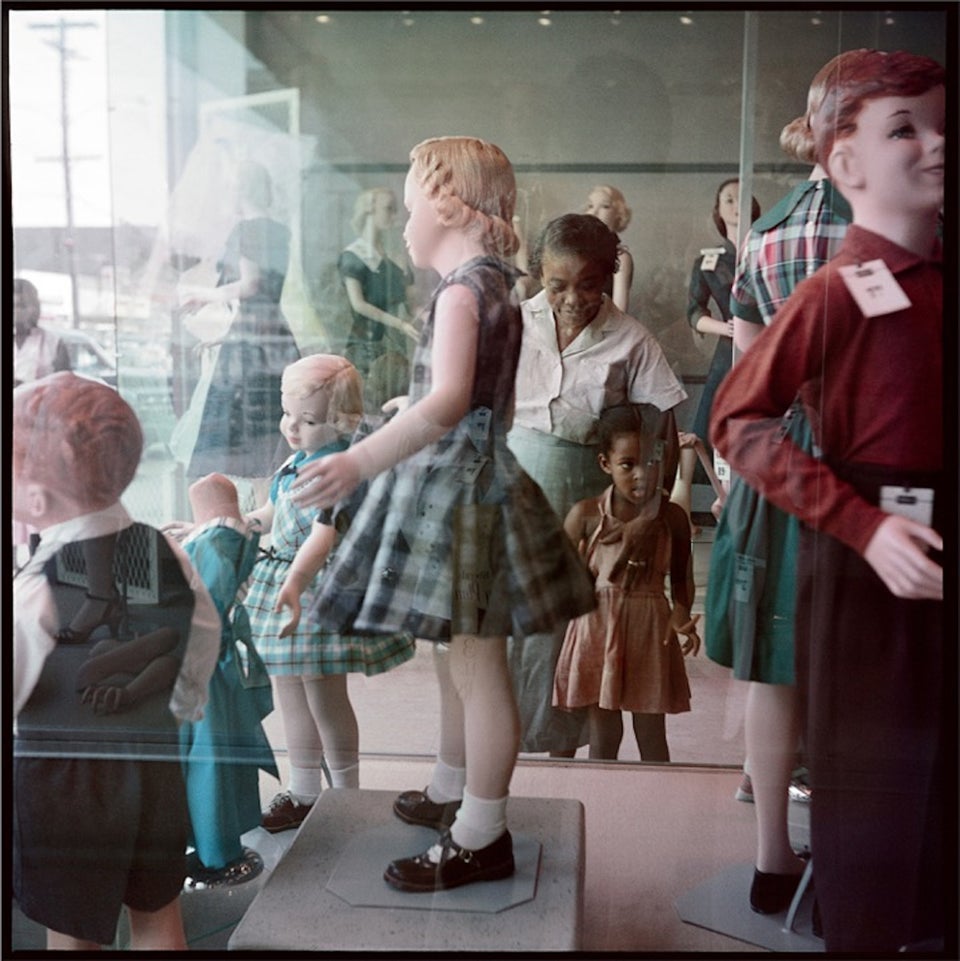
Also on HuffPost:
